This post contains affiliate links.
These Cape Gooseberry Scones with Lemon are lightly sweet, yet tart and bursting with complex flavors. Once baked they are buttery soft, with a flaky center and crumbly edges, and they are loaded with bright gooseberries and fresh lemon.
The addition of these berries will change the way you look at scones forever. And, the best part is, this recipe contains good-for-you ingredients that won’t upset your tummy or weigh you down.

The History Of Cape Gooseberries:
- Cape Gooseberries, are known by various names throughout the world (Physalis, Physalis Peruviana, Goldenberry, Groundcherry or Pichuberry – since they are native to Peru), and they are grown in many different countries as well.
- While gooseberry is a part of the name, Cape Gooseberries have no relation to any other gooseberries. Instead they are nightshades and belong to a family that includes: eggplant, peppers, potatoes, and tomatoes.
- Cape Gooseberries are bright, yellow-orange berries with a brown, papery husks, or a “cape”. They are small and round, with a waxy skin, and the inside is juicy and contains little yellow seeds.
- They are full of antioxidants, and contain both Vitamin A and C.
The Flavor Profile:
- Cape Gooseberries are sweet when ripe (are toxic if eaten unripe), and are acidic like a tomato, but also sweet like a peach.
- Lindsay-Jean Hard of Food 52 states that Cape Gooseberries are very complex in flavor, and that they are a mega-hybrid of a grape, mango, pineapple, strawberry, tomato and more. So I knew I just had to try these immediately. And boy, they did not disappoint. The taste is amazing!!! It is like nothing I have eaten before. 🙂

How To Use These Cape Gooseberries:
- Can be consumed raw or cooked, and works well in both sweet and savory dishes.
- You can try these berries in a myriad of recipes like: scones, coffee cake, ice cream, green salad, fruit salad, salsa, chutney and jam. You can even roast them for a sauce or just dip the raw fruit in chocolate. Can you say, yum?!?
- FYI – The husks are not edible, but it is smart to keep the berries in their husks until ready to use. When ready to use, just make sure to remove the husk and wash them well.
- Here’s a fun tip for you. Due to the fruit’s decorative husk, you can use it as a garnish or place the fruit on top of a beautiful dessert (just peel the husk back). It is simple but very stunning.
Ingredient Notes For These Cape Gooseberry Scones With Lemon:
- Miyoko’s Creamery ®European Style Cultured Vegan Butter – This butter is 100% crafted from plants. It melts, spreads, browns, bakes and tastes like butter. For me, this is a great alternative because it is lactose, gluten and dairy-free.
- This butter does contain some inflammatory oils. However, all butter (dairy-free or not) have these oils in them. Currently, no butter on the market is perfect. The better options though are by Miyoko’s and Kite Hill.
- Coconut Milk – I like to use full fat, unsweetened coconut milk, because it is a fantastic dairy-free alternative. The specific brand below, in my opinion, is the best one on the market because it is organic, Non-GMO, vegan and gluten-free. Plus, it contains no guar gum or other additives. This is a major bonus! At the end of the day, it is all about finding the best clean ingredients. (Note: For those that don’t like coconut, you can’t taste it once it is all mixed together).
- Glaze – There are a couple of options here. You can eat them plain, which is what I do most of the time, or you can glaze them. Option 1.) Use Artisana Organics Raw Coconut Butter, lemon and some maple syrup for added sweetness or Option 2.) Use powdered sugar. The first option is much healthier, though.

Important Notes About The Dough For The Cape Gooseberry Scones:
- For this recipe, I use Bob’s Red Mill Grain Free Flatbread Mix. Utilizing a mix makes prep so much easier and faster. Not only that, but this particular mix is gluten-free, grain-free and very clean. The mix contains almond flour, cassava flour, arrowroot starch, coconut flour, tapioca flour, salt, cream of tartar and baking soda. That is it!
- Cold scone dough is crucial for this recipe.
- NOTE – Make sure to put the prepared dough in the fridge or freezer as you prep the wet ingredients. If you skip this step the dough will be too soft and almost impossible to work with later.
- Baking – To prevent over-spreading, the dough needs to be very cold. Be sure to refrigerate the scones, before baking, for at least 15 minutes. Please don’t skip this step! It definitely helps.
- Once the dough is formed, if it seems too dry, just add a bit more coconut milk and it will be good to go.
- FYI – These Cape Gooseberry Scones with Lemon, once baked, have more of a rustic look to them. I think it’s fun, though, when they aren’t so perfect looking all the time. 😉
And, for more breakfast ideas, please give these a try:
- Baked Quail Egg Bites
- Apple Turnovers with Homemade Caramel
- Peanut Butter Toast Bar
- Loaded Kiwi Chia Pudding
- Roasted Strawberry Chia Pudding
FOLLOW ALONG! Subscribe to my newsletter and follow along on Facebook, Pinterest and Instagram for the latest updates, recipes and content.
If you make this recipe, please be sure to leave a comment and a star rating below so I know how you liked it. Thanks! Enjoy!
Print
Cape Gooseberry Scones with Lemon
- Prep Time: 30 minutes
- Cooling Time: 5 minutes
- Cook Time: 20 minutes
- Total Time: 55 minutes
- Yield: 8 scones
Description
These Cape Gooseberry Scones with Lemon are lightly sweet, yet tart and bursting with complex flavors. Once baked they are buttery soft, with a flaky center and crumbly edges, and they are loaded with bright gooseberries and fresh lemon. And, the best part is, this recipe contains good-for-you ingredients that won’t upset your tummy or weigh you down.
Ingredients
SCONE BATTER:
- 1 pkg. Bob’s Red Mill Grain-Free Flatbread Mix
- 1/4 cup Coconut Sugar
- 1 large Lemon, zested (equivalent to 1 tbsp)
- 1/4 cup (1/2 stick) Miyoko’s Creamery® European Style Cultured Vegan Unsalted Butter, frozen
- 1/4 cup Native Forest Simple Organic Coconut Milk, Unsweetened, plus 2 tbsp for brushing
- 1 Egg, at room temperature
- 1 tsp Pure Vanilla Extract
- 1 6 oz container Golden Berries a.k.a. Cape Gooseberries, sliced
LEMON COCONUT BUTTER GLAZE:
- Artisana Organics Raw Coconut Butter, to taste
- 1 medium Lemon, juiced
- Pure Maple Syrup, such as Crown Maple Syrup, to taste
LEMON ICING:
- 1 cup Powdered Sugar
- 1 medium Lemon, juiced
Instructions
- Make the dough: In a large bowl, whisk the flour mixture, sugar, and lemon zest together until well combined. Grate the frozen butter using a box grater. Add it to the flour mixture and combine with a pastry cutter, two forks, or your fingers until the mixture comes together in pea-sized crumbs. Place in the refrigerator or freezer as you mix the wet ingredients together.
- Add wet ingredients: In a small bowl, whisk 1/4 cup coconut milk, the egg, and vanilla extract together until just incorporated. Drizzle over the flour mixture, add the gooseberries, then mix together until everything appears moistened.
- Form the dough: Pour onto the counter and, with floured hands, work dough into a ball as best you can. If the dough seems too dry, add 1-2 more tablespoons coconut milk. Press into an 8-inch disc, and with a sharp knife or bench scraper, cut into 8 wedges.
- Brush: Brush the scones with the remaining coconut milk.
- Preheat: Preheat the oven to 400°F.
- Refrigerate: Arrange the scones 2-3 inches apart on a parchment paper lined baking sheet, and refrigerate for at least 15 minutes. (This will prevent over-spreading).
- Bake: Bake for 20-23 minutes or until golden brown around the edges and lightly browned on top. Remove from the oven and place the scones on a wire rack to cool for 5-10 minutes before serving.
- Topping (optional): You can eat the scones plain, which is what I do most of the time, or you can glaze them. Option 1.) Use the raw coconut butter OR Option 2.) Use the powdered sugar. *To make the topping, mix the glaze ingredients together. Drizzle over warm scones and serve immediately.
- Leftovers: Keep the leftover glazed or un-glazed scones at room temperature for 2 days or in the refrigerator for 5 days.
Equipment
 Buy Now →
Buy Now → Notes
- If possible, use all organic ingredients.
- Freeze Before Baking: Freeze scone dough wedges on a plate or baking sheet for 1 hour. Once relatively frozen, you can layer them in a freezer-friendly bag or container. Bake from frozen, adding a few minutes to the bake time. Or thaw overnight, then bake as directed.
- Freeze After Baking: Freeze the baked and cooled scones before topping with icing. To thaw, leave out on the counter for a few hours or overnight in the refrigerator. Warm in the microwave for 15-20 seconds or on a baking sheet in a 300°F oven for 10 minutes.
- Category: Breakfast, Brunch, Dessert, Snack
- Method: Bake
- Cuisine: American
NOTE:
- These Navitas Organics Golden Berries are the perfect snack and can be found on Amazon.
- The Textured Ceramic Ramekins are from World Market.
- And this large Marble & Wood Cheese Board is from Williams Sonoma.


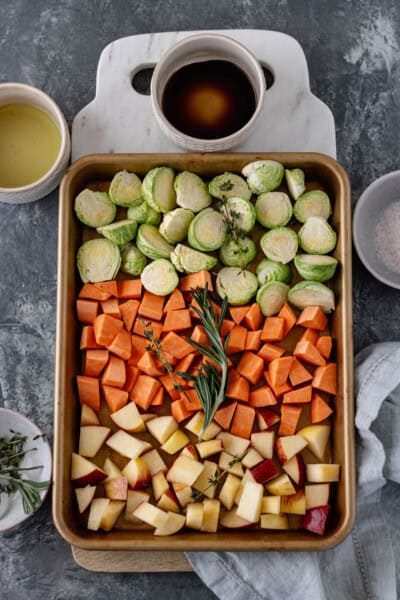
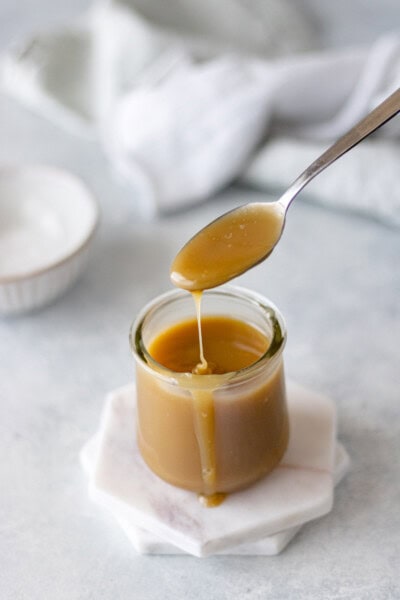

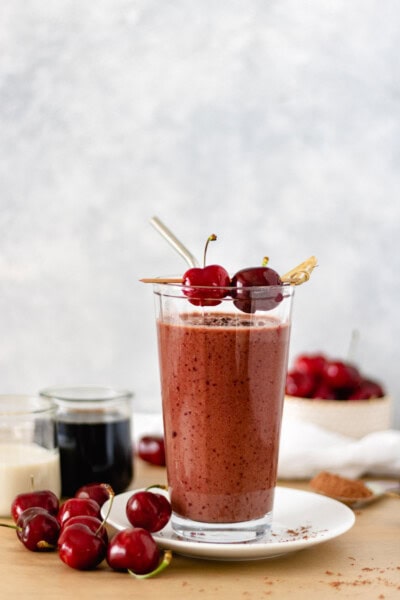

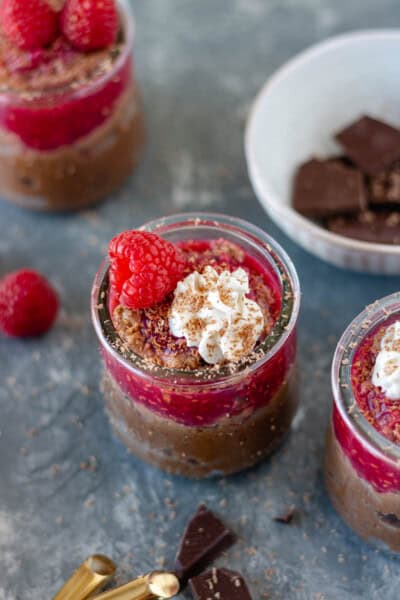




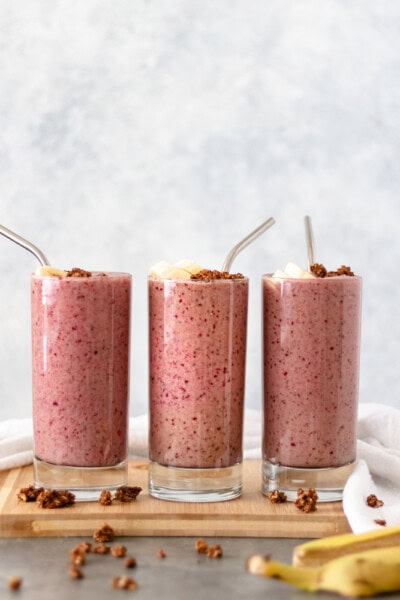
My family Loved it. Thanks for sharing this great recipe. I am definitely sharing this recipe and this website with my friend. Hope they also love it. Thank you again for sharing such a great recipe.
Aww, thank you so much! I am very happy that you and your family love this recipe.
This recipe was great, however I ended up adding nearly 1.5 cups of flour during the shaping phase. Not sure if it’s cause I substituted for almond flour originally. I recommend a helper for that part!
Hi! Yes, because you used almond flour instead of all-purpose flour that is why you had to use so much more. When you use almond flour in cooking, the dough won’t act the same way as if it was made with white flour. When substituting almond flour for all-purpose flour, you may use more almond flour because, unlike all-purpose flour, it absorbs a lot of moisture. Almond flour also lacks the same binding qualities that all-purpose flour has, so you may even end up adding more egg to your recipes to hold it in shape. Lastly, there isn’t an exact conversion ratio from all-purpose flour to almond flour. Maybe next time try oat flour as a substitute for all-purpose flour. Just something to keep in mind. I am so glad you enjoyed the scones! 🙂
Have made these several times now — delicious!
That is great to hear! Thank you so much for sharing! 😉
Love these! Have to admit, I use a lot of glaze…I like ’em sweet. But they are so good.
HA! I love it! And I’m thrilled to hear you enjoy this recipe so much. Day made!